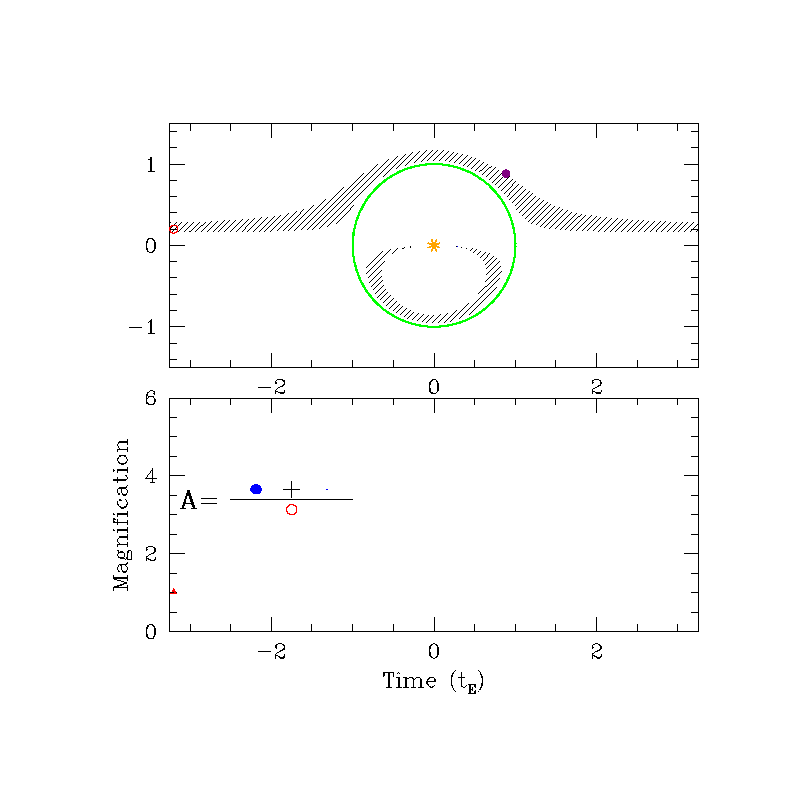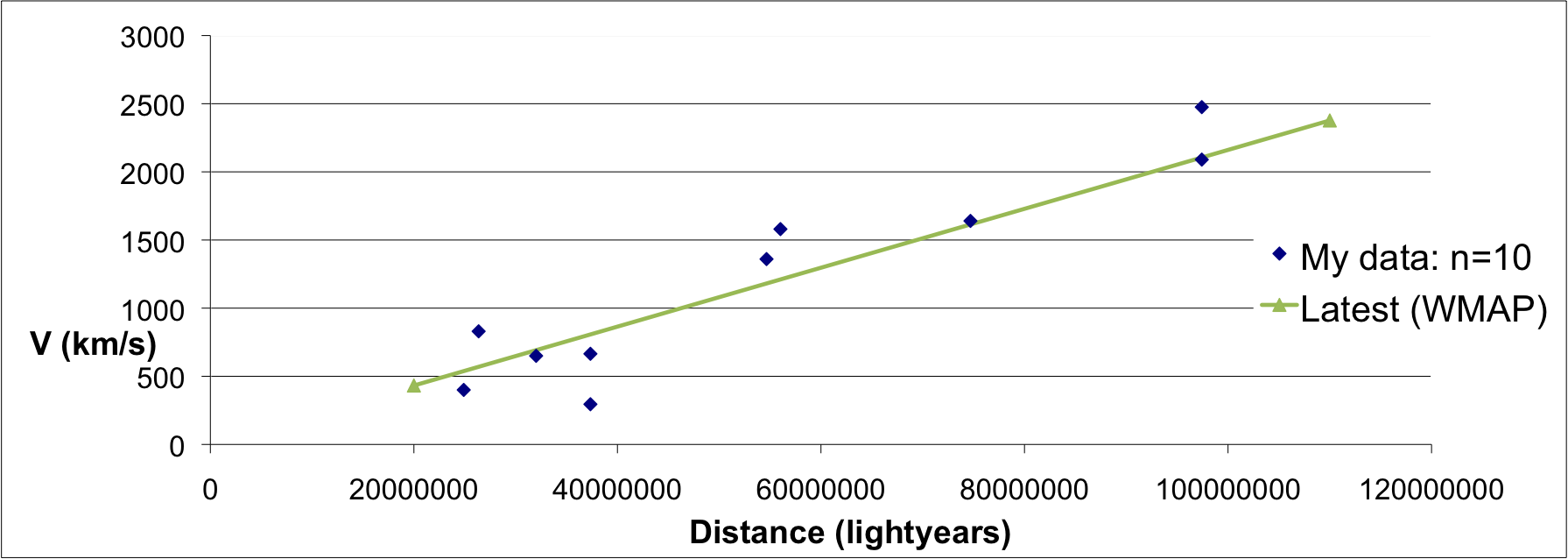Kepler’s challenges
March 15th, 2011 at 10:23 pm (Astronomy, Planets, Spacecraft)
 The Kepler mission has already reported a slew of fascinating discoveries, including new planets and new kinds of planetary systems, and there is every expectation that in the final two years of observations it will continue to reveal more and more planetary treasures. However, no mission or instrument functions exactly as expected, and Kepler has had its share of challenges in collecting and processing its data. “Overview of the Kepler Science Processing Pipeline” by Jenkins et al. (2010) provides a fascinating behind-the-scenes look at some of these obstacles and their solutions.
The Kepler mission has already reported a slew of fascinating discoveries, including new planets and new kinds of planetary systems, and there is every expectation that in the final two years of observations it will continue to reveal more and more planetary treasures. However, no mission or instrument functions exactly as expected, and Kepler has had its share of challenges in collecting and processing its data. “Overview of the Kepler Science Processing Pipeline” by Jenkins et al. (2010) provides a fascinating behind-the-scenes look at some of these obstacles and their solutions.
Kepler consists of a one-meter telescope that has been staring at the same patch of sky for two years. Its goal is to measure the brightness of 156,000 stars every 29.4 minutes (“long-cadence” observations) and a smaller set of 512 stars ever 58.85 seconds (“short-cadence”). Each star generates a light curve of its brightness as a function of time. Exoplanets are detected as slight drops in the brightness while the planet transits in front of the star. For this light curve to be usable for detecting planets, Kepler needs two things: 1) a stable pointing so that the stars don’t bounce around or smear, and 2) a stable sensitivity so that any perceived brightening is due to an actual change in the stars.
During the first few months of observations, the first requirement was challenged. Kepler uses a set of “guide stars” to help fine-tune its pointing, and unfortunately it turned out that one of the guide stars selected in advance was an eclipsing binary. Whenever it would eclipse (so one star hid the other one), its brightness dropped and Kepler lost lock on it. As a result, the pointing was slightly off for 8 hours every 1.7 days (!). Kepler only downlinks its data once a month, so it took a few months to notice and correct this. The eclipsing binary star was eliminated from the guide star list and this problem has gone away.
The telescope is very sensitive to thermal conditions, any changes in which can wreak havoc with its focus. One of Kepler’s RWAs (reaction wheel assemblies, used to point the spacecraft, e.g., to pivot it towards Earth for data downlink and back to resume looking at the stars) has a heater that inadvertently modifies the telescope’s focus by about 1 micron every 3.2 hours. There’s no way to fix this, so it just has to be modeled and removed from the data in processing. Likewise, the spacecraft has experienced two “safing” events in which most of its systems shut down, which cools the entire assembly; each time when operations resumed, it took five days for the thermal effects to disappear from the data.
Perhaps most challenging is an artifact that manifests as “Moiré patterns caused by an unstable circuit with an operational amplifier oscillating at ~1.5 GHz.” Luckily, the actual impact on the data values is very small, generally only perturbing them by a single increment, but it is virtually impossible to adequately model and remove, so no doubt a source of at least minor frustration:
“Given that the Moiré pattern noise exhibits both high spatial
frequencies and high temporal frequencies, the prospect of reconstructing a high-fidelity model of the effects at the pixel level with an accuracy sufficient to correct the affected data appears unlikely. We are developing algorithms that identify when these Moiré patterns are present and mark the affected CCD regions as suspect on each affected LC.”
And finally, there was a curious overall brightening (termed “argabrightening”) observed in early phases of the mission. About 15 times per month, the background brightness of the entire field increased dramatically for a short time. The current hypothesis is that this was caused by remnant dust particles coming loose from Kepler and floating off, then reflecting sunlight back into the telescope. Detecting and removing affected observations was crucial for yielding consistent light curves. Fortunately, the rate of these events has decreased over time (Kepler might be running out of dust).
I look forward to more fascinating news from this great mission! And I hope they keep sharing the interesting challenges and lessons learned from operating a telescope from so very far away.


